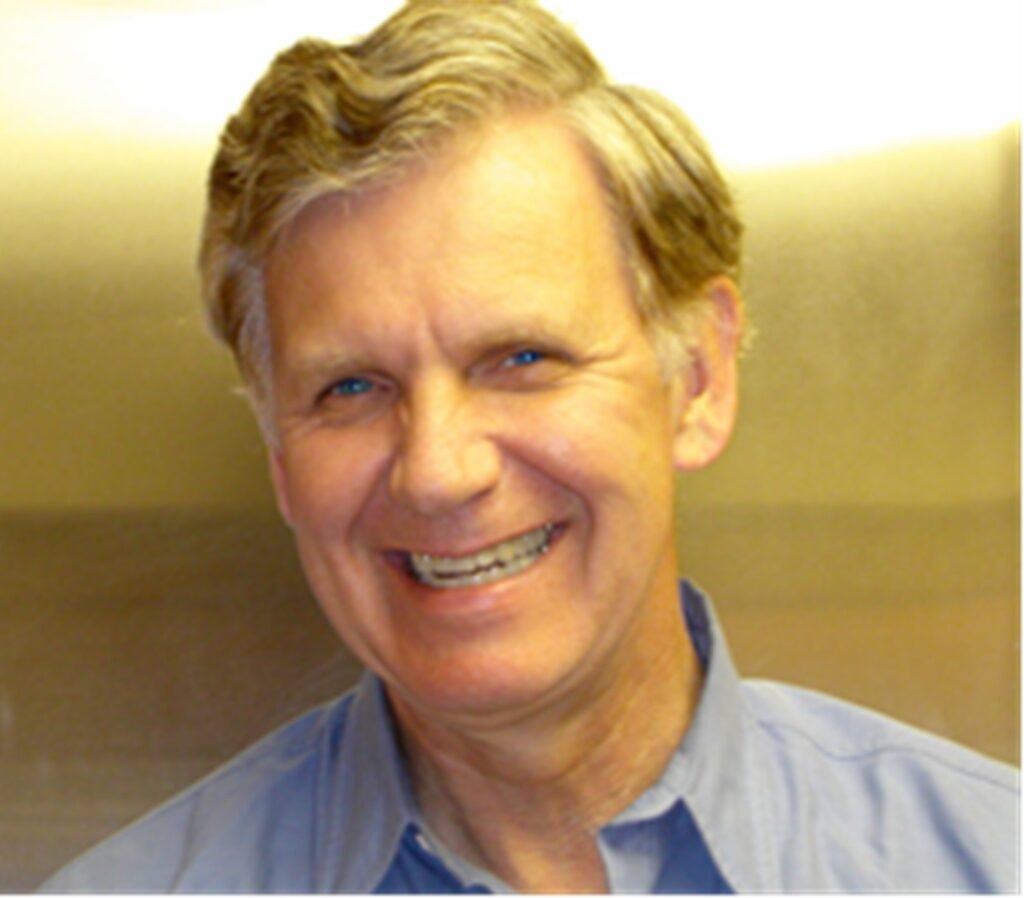With more than 75 patents, Dick Otte helped shape the medical devices used today. He shares how engineering decisions have lasting effects on performance, serviceability, and the evolution of medtech.
Interview by Alyx Arnett
Over five decades, Dick Otte has contributed to technologies that have shaped how medical devices are designed, built, and used. He was involved in the early development of stents and helped advance compact medical systems that incorporate semiconductor chips—enabling devices that can sense, process, and communicate data in real-time.
With more than 75 patents, Otte’s innovations span everything from materials and manufacturing processes to electronic packaging strategies that support miniaturization, durability, and integration. “Over the years, I’ve been involved in many medical device innovations, always driven by customer needs and market opportunities,” Otte says. “While I entered the medtech industry somewhat by chance after years of innovation in microelectronics, I was drawn to the field because I saw the potential for applying microelectronics to medical devices in groundbreaking ways.”

In his current roles as a research associate at the Massachusetts Institute of Technology and CEO of Promex, a contract development and manufacturing organization, he continues to guide the development of next-generation medical and biotech devices. Here, Otte shares how his engineering contributions have shaped today’s medical devices, how early design decisions affect serviceability and long-term support, and what he predicts will come next.
Q: You’ve played a key role in advancing heterogeneous integration (HI) packaging. How has HI evolved over the years, and where do you see it heading?
A: In the industry, I’m known for contributing to HI and bringing the process into the manufacturing of medical, biotech, and optical devices to make them smarter through the addition of electronics. HI allows for the integration of electronics while accommodating the unique characteristics of these devices, particularly those that are worn or implanted in the body.
HI is also critical in the manufacturing of biotechnology devices—such as those that detect proteins, genes, DNA sequences, viruses, and cells—because it determines the chemistries present in the devices. These diagnostic devices often require specific conditions for storage, manufacturing, and shipping to prevent damage to their chemical components, which are essential to their function.
Looking ahead, HI will play a key role in addressing the increasing complexity of medical devices. The integration of electronics with non-electronic components is enabling devices with greater functionality. For example, HI allows for the incorporation of ultrasound technology and chemical sensors into medical devices. Another example is the use of radio frequency or inductive coupling to power, interrogate, and control devices remotely.
The possibilities are limited only by the imagination of designers, and, as innovation continues to push boundaries, even more complex and advanced devices will emerge. HI will be the foundation that makes these ideas a reality.
Q: What should engineers be thinking about during design and development to ensure devices can be maintained and supported over the long term?
A: As medical devices become more complex, they also become harder to maintain. There are more potential failure points, and it’s increasingly difficult to find specialists who can repair them. Many devices are highly specialized, and the number of professionals with the skills to service them is limited. This challenge extends beyond medicine and affects many industries today.
Given this complexity, it’s essential for engineers to design devices with long-term maintenance in mind. A lack of specialists can create bottlenecks in healthcare systems when devices require repairs. Addressing this issue will be crucial as medical devices continue to evolve.
Q: Wearable and implantable medical devices are becoming more sophisticated. What challenges do engineers face in integrating advanced electronics while ensuring biocompatibility and long-term durability?
A: Fortunately, there is a strong community of experts developing material systems for medical devices. We have well-established knowledge of which materials are biocompatible and how long they last in the human body. For instance, titanium and stainless steel are commonly used because materials like nickel do not perform well in biological environments.
There is also ongoing development in organic materials, such as polymers, which can be used for implants. One of the most critical challenges is finding effective ways to encapsulate devices to protect both the device itself and the human body. While solutions exist, they are not yet perfect, and they can impose design limitations. Continued advancements in material science will help overcome these barriers.
Q: What are the biggest challenges in ensuring that medical device innovations remain both cutting-edge and manufacturable at scale?
A: Scaling a medical device often hinges on how well it is engineered and designed for mass production. New devices frequently require custom components, processes, and materials. Deciding how much to invest in these customizations requires an accurate assessment of market demand.
Medical device developers face a dilemma: They want to innovate, but they also need to ensure there is a viable market before committing significant resources. Often, innovation is driven by the desire to solve a specific problem, but without a clear understanding of demand, scaling can become difficult. Balancing innovation with manufacturability is a key challenge in the industry.
Q: Supply chain disruptions have impacted many industries, including medtech. How can manufacturers and HTM professionals work together to improve device resilience and serviceability?
A: The key to ensuring device resilience is maintaining a readily available supply of spare parts and having trained professionals who can repair these devices. Many modern manufacturers are leveraging continuous communication with patients through the Internet and cloud-based systems to monitor device performance and detect potential issues early.
However, a major challenge remains: ensuring there are enough skilled specialists to repair and service devices in the field. A structured follow-up system is essential for maintaining device longevity, but it also raises important questions about how these services should be funded and managed within healthcare systems.
Q: What emerging trends in medical device innovation do you predict will shape healthcare in the next decade?
A: One of the biggest trends is the increasing complexity and sophistication of medical devices, particularly in neurology. There is growing interest in devices that can detect or stimulate nerve impulses. For example, nerve stimulation devices used for pain relief have become significantly more advanced, so researchers are developing sensors that can detect nerve activity.
In the future, we may see devices that allow us to control or interpret movements—such as typing on a virtual keyboard—without physical contact, simply by detecting nerve signals.
Additionally, wearable technology is evolving rapidly. Devices like the Apple Watch, which already measures vital signs, are leading the way in personal health monitoring. Over the next decade, I expect wearable medical devices to become even more sophisticated, providing deeper insights into health and improving early disease detection, then communicating these findings via radio frequency and inductive coupling to patients, doctors, and caretakers.
Q: What advice would you give to today’s biomedical engineers and HTM professionals as they navigate an industry that’s constantly evolving?
A: I’m concerned that today’s engineers are becoming too focused on software at the expense of hardware and the physical properties of the human body. While AI and software are essential for advancing medical technology, physical devices still need to interact with people, which requires expertise in hardware engineering. There’s a growing disconnect between software engineers and the physical engineering required to build reliable medical devices.
My advice to those in the field is to watch what is going on, stay adaptable, and be prepared to act when an important opportunity presents itself. The medtech industry is constantly changing, and staying informed is crucial. Being prepared to seize new opportunities and having the flexibility to innovate are key to long-term success.
As a Californian, I like to think of it in the words of the Beach Boys: “Keep your eyes wide open and your beach buggy ready to roll!”
ID 371572104 © Parvej Miah | Dreamstime.com





